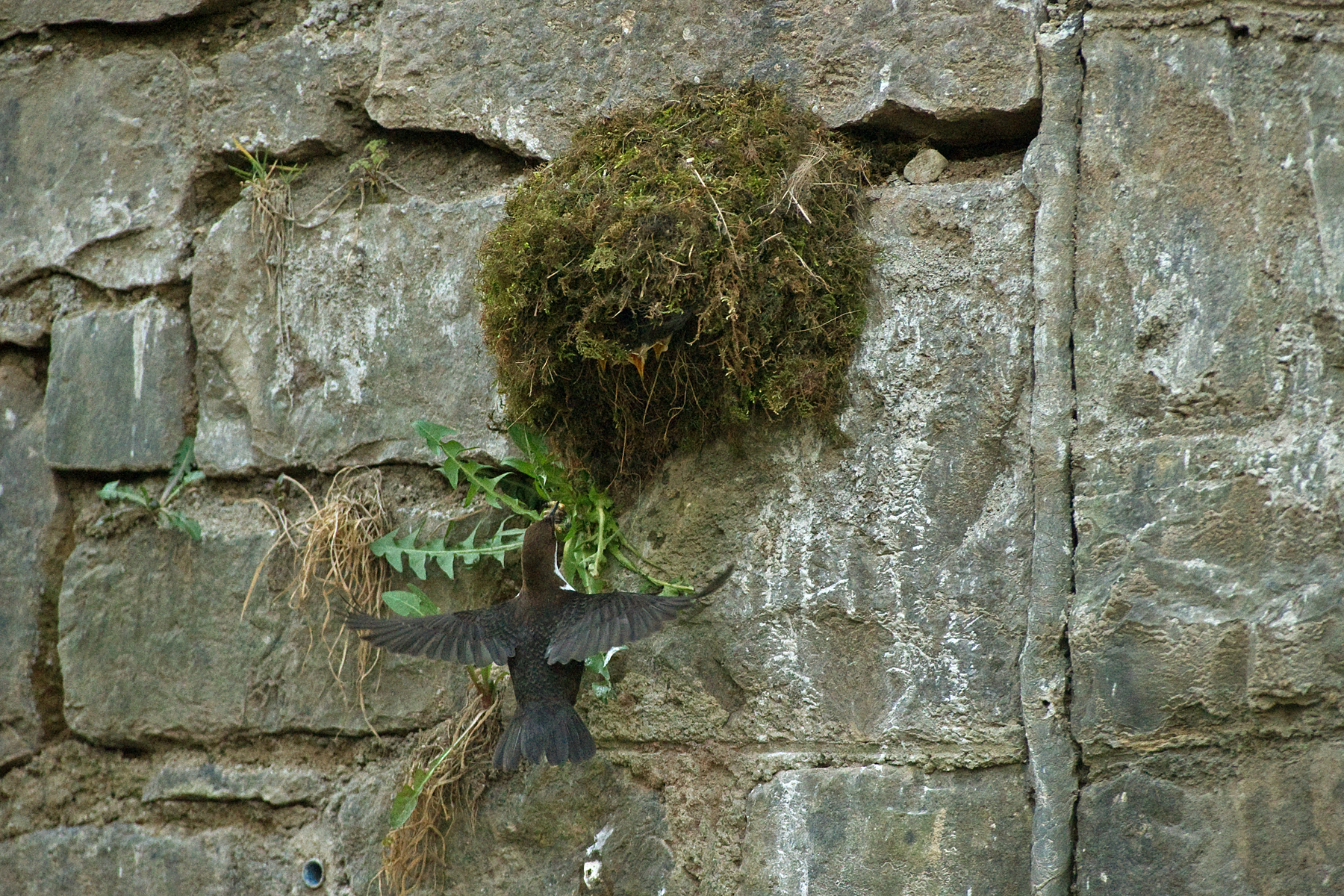Nikon 300 mm f2.8 ED AF VR II lens and 2x converter
I’VE HAD A 300 mm lens ever since I started bird photography, but only the f4 version, making it relatively cheap to buy and light enough to hand-hold. I’d felt that the f2.8 version was too expensive and too heavy, especially as I’d always owned either a 600 mm or 500 mm at the same time, but since using this latest model from Nikon, and combining it with the new 2x converter, my views have changed.
First, the technical facts and figures. The lens is a 300 mm f2.8 with three extra dispersion (ED) glass elements, the latest vibration reduction (VR) technology, nano crystal lens coatings and a silent wave motor for super fast and quiet auto focus (AF). It weighs 2,900 grams, focuses down to 2.2 m and costs around £4,000.
The first field test was on House Sparrows in my backyard. Not much of a field, but it was good enough to test out the VR and see if I could hand-hold while shooting at 1/125th sec; it is claimed that this lens can be held at up to four times slower shutter speeds than was previously possible. For example, if you could hand-hold a lens at 1/2,000th sec, it was possible to hold this one at four stops less, and it worked – all the images were sharp.
Next test was much further afield in Wales at a stream that was a regular site for Dipper. To test the lens fully I did lean against various trees and even mounted it on a tripod at one point, as the lighting conditions were difficult at times, ranging from dull to sunny, side-lit and backlit.
 |
|
A flying Dipper arriving at the nest is an awkward subject, but the lens coped well, even with the 2x converter attached. |
The lens coped well and all images were sharp, with superb contrast and colour. Focusing was super fast, locking on quickly and quietly even when attempting shots of flying Dippers taking food to the nest.
I also had the latest 2x converter from Nikon on loan. This features an aspherical lens element for better resolution and contrast, and I have to admit that when reviewing the images on screen later I had to check the info box to find out which images I’d used the converter on – it was that good.
The 300 mm f2.8 became a 600 mm f5.6, but there was no loss of sharpness, and although the AF was slightly slower due to the loss of two stops, it still worked perfectly. At £449 the converter isn’t cheap and I didn’t have time to test it on my own 500 mm lens, but it was very impressive on the 300 mm and could well be an investment for the future.
A 300mm f2.8 lens has never been an option that I’ve considered seriously in the past, but this latest model combined with the new 2x converter could make me change my mind in the future. A very impressive lens and converter indeed.
| Tech spec |
|
Price: £4,199 |


